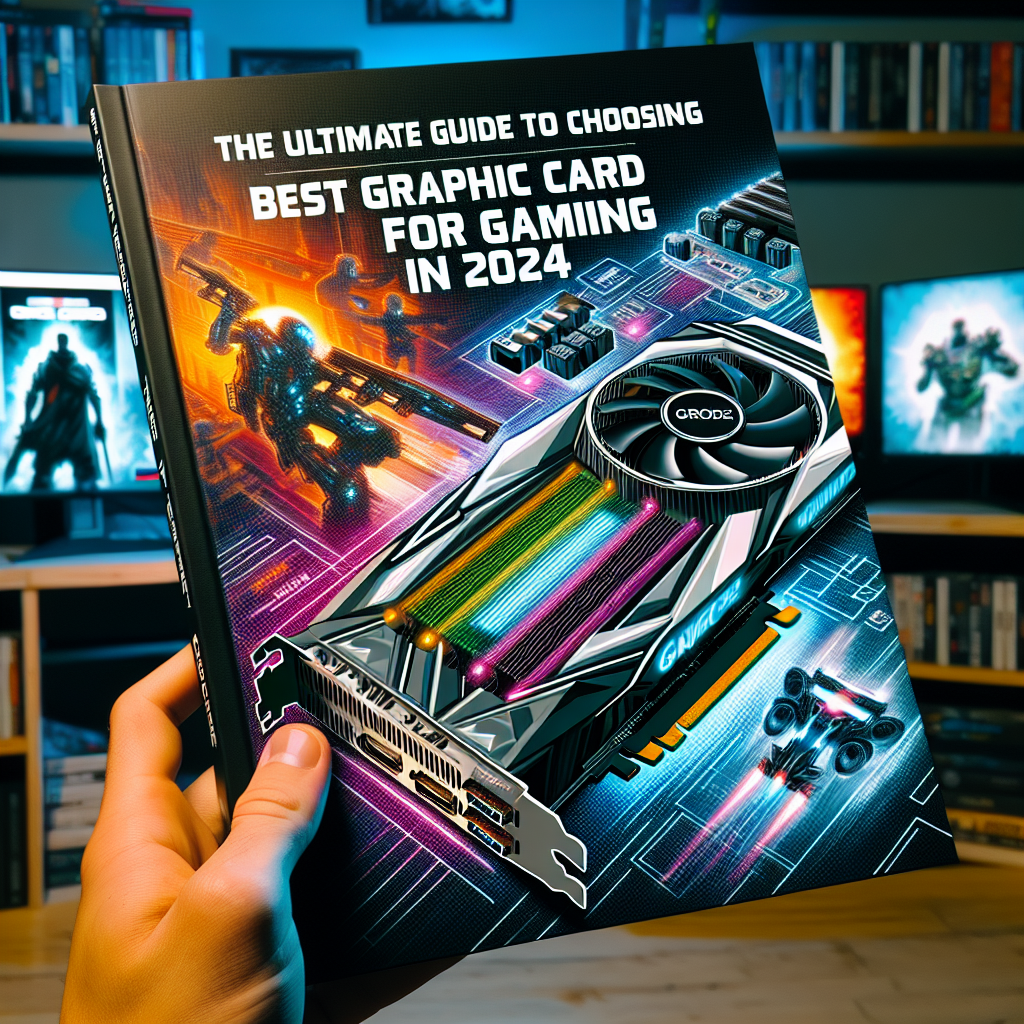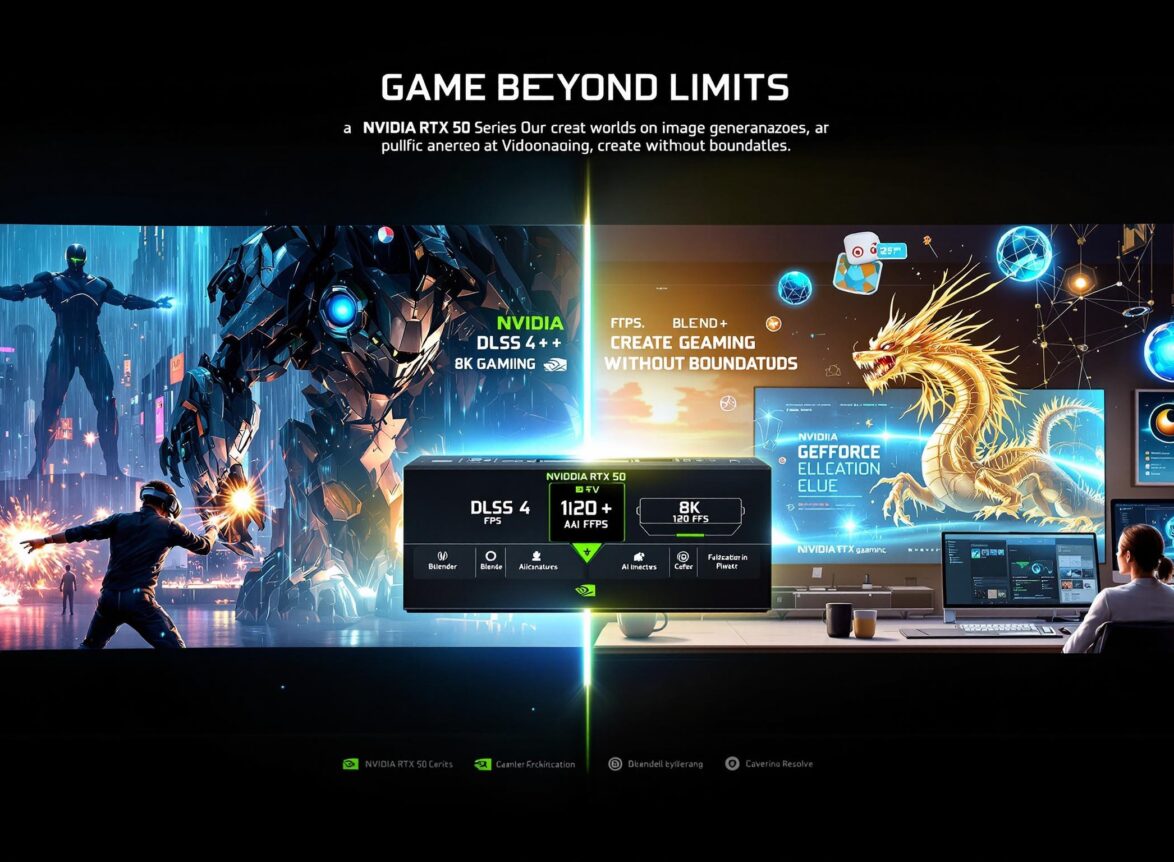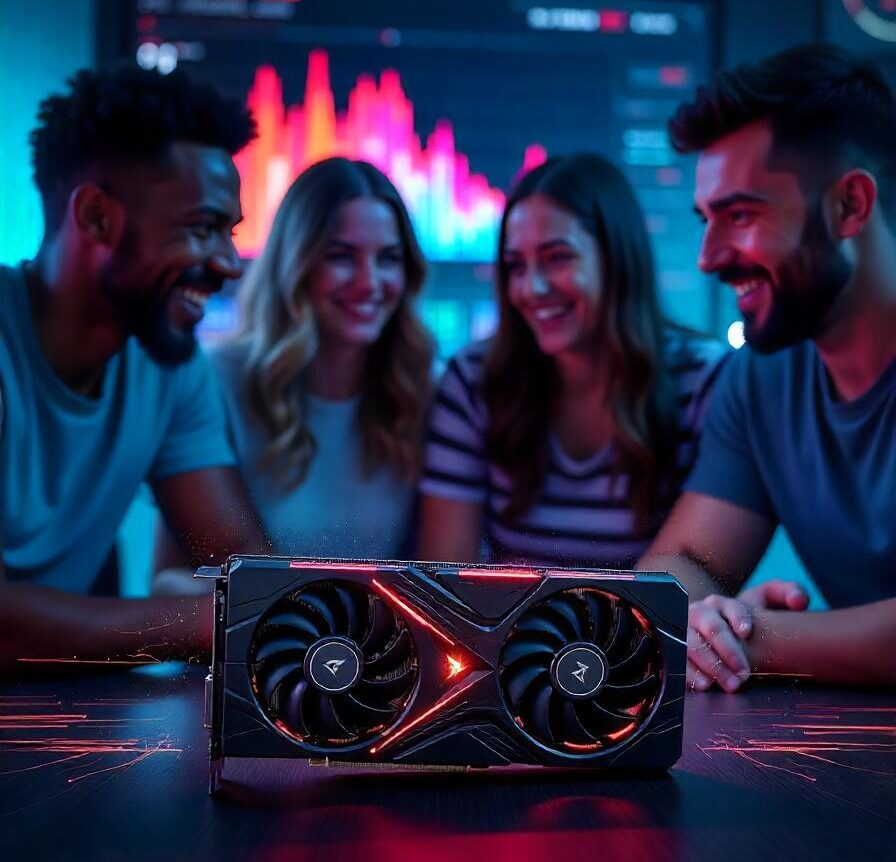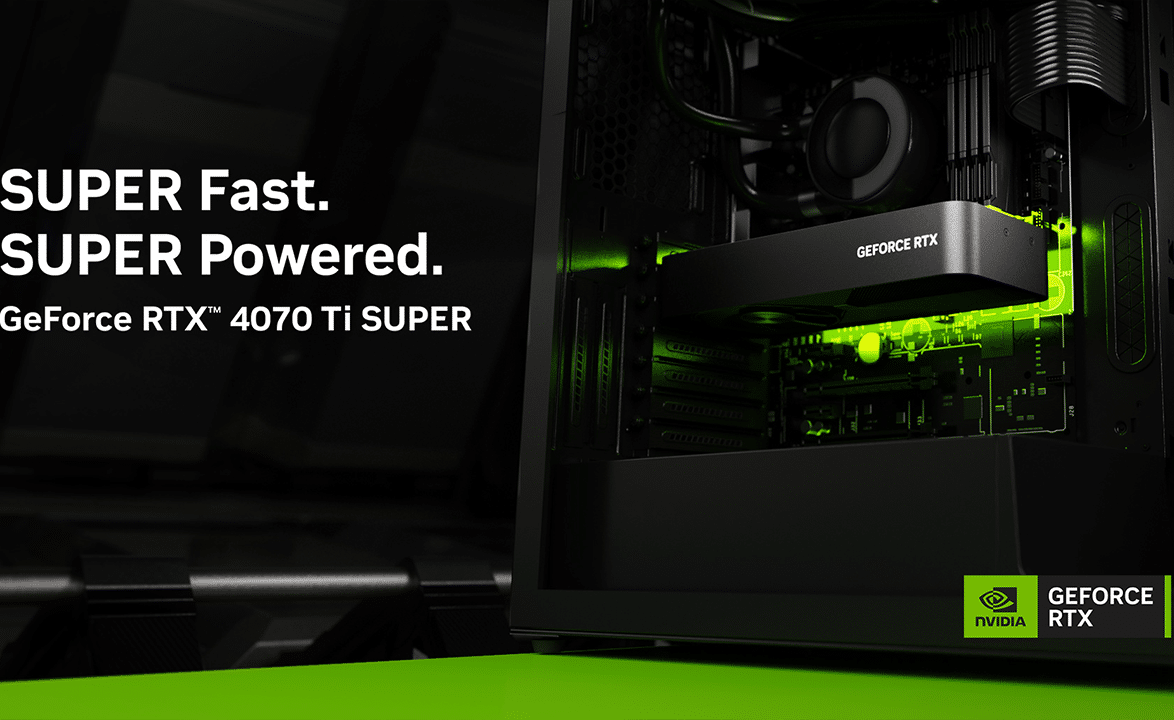Are you tired of lagging graphics or choppy gameplay? If so, it might be time to invest in a good graphic card. A graphic card, also known as a GPU (Graphics Processing Unit), is the heart of any gaming rig. It’s what turns those complex data files into stunning visuals on your screen, making your gaming experience smooth and immersive. Whether you’re a casual gamer or a competitive player, the right graphic card can be the game-changer you’ve been looking for.
What is a Graphic Card?
Simply put, a graphic card is a piece of hardware responsible for rendering images, videos, and animations. It consists of several components, including the GPU, VRAM (video memory), cooling fans, and power connectors. There are two main types: integrated (built into the CPU) and dedicated (a separate component). For gaming, dedicated graphic cards are the go-to choice due to their superior performance.
Why Do Gamers Need High-Performance Graphic Cards?
Graphic cards are the unsung heroes behind jaw-dropping visuals in modern games. They handle complex calculations and render graphics at lightning speeds, allowing gamers to enjoy high-resolution textures, realistic lighting, and fluid motion. Without a powerful graphic card, even the most expensive gaming setups can fall short in delivering an optimal experience, especially in graphically demanding and competitive titles.
Key Features to Look for in a Gaming Graphic Card
Choosing the right graphic card can feel overwhelming, but focusing on these key features can help narrow down your options:
- GPU Architecture: Determines the efficiency and overall capability of the card. Modern architectures like NVIDIA’s Ada Lovelace and AMD’s RDNA 3 are top-tier.
- VRAM Capacity: More VRAM allows the card to handle higher resolutions and more complex textures. Aim for at least 6GB for 1080p gaming and 8GB or more for 4K.
- Clock Speed and Cores: Higher clock speeds and more cores equate to better performance. These specs directly impact how fast the card can render frames.
- Cooling Solutions: Efficient cooling is crucial to maintain performance and prevent overheating. Look for cards with advanced cooling technologies like dual or triple fans.
Types of Graphic Cards
- Entry-Level Graphic Cards: Ideal for casual gamers or those on a budget. They handle older or less demanding games well but may struggle with modern AAA titles.
- Mid-Range Graphic Cards: The sweet spot for most gamers, offering a balance of price and performance. These cards can handle most games at high settings without breaking the bank.
- High-End Graphic Cards: Designed for enthusiasts who want the best of the best. These GPUs offer unmatched performance, suitable for 4K gaming, VR, and future-proofing.
Top Graphic Card Brands for Gaming
When it comes to gaming graphic cards, NVIDIA and AMD are the dominant players.
- NVIDIA: Known for its GeForce RTX series, NVIDIA cards offer top-notch performance, ray tracing capabilities, and features like DLSS (Deep Learning Super Sampling) for better frame rates.
- AMD: Competing closely with NVIDIA, AMD’s Radeon RX series provides excellent value, great performance, and often comes at a lower price point, making it a favorite among budget-conscious gamers.
How to Choose the Right Graphic Card for Your Needs
The right graphic card depends on your gaming needs and budget. For casual gaming, a mid-range card might suffice, while serious gamers should aim for high-end options. Also, ensure your power supply can handle the new card’s requirements and that your case has enough space for installation.
Best Graphic Cards for Popular Games
- For AAA Titles: NVIDIA GeForce RTX 4080 and AMD Radeon RX 7900 XT offer exceptional performance in graphically demanding games like Cyberpunk 2077 and Red Dead Redemption 2.
- For eSports and Less Demanding Games: NVIDIA GTX 1660 or AMD RX 6600 are great choices, providing smooth gameplay for titles like League of Legends, Fortnite, and Valorant.
The Future of Graphic Cards: Ray Tracing and AI Enhancements
The future of gaming graphics is here, thanks to ray tracing and AI enhancements. Ray tracing provides realistic lighting, reflections, and shadows, adding a layer of immersion that was previously unattainable. AI-powered features like DLSS use machine learning to upscale lower resolutions, boosting performance without sacrificing visual quality.
Graphic Card Maintenance and Optimization Tips
To keep your graphic card running at its best:
- Update Drivers: Regularly updating drivers ensures compatibility with the latest games and performance improvements.
- Physical Cleaning: Dust buildup can affect cooling, so clean your card periodically to maintain optimal temperatures.
- Cooling: Make sure your system has proper airflow; consider adding extra fans or even liquid cooling for high-end setups.
Common Mistakes to Avoid When Buying a Graphic Card
- Overpaying for Features You Don’t Need: Not every gamer needs a top-tier card with ray tracing. Choose one that fits your needs.
- Ignoring Power Supply Requirements: A powerful card requires a compatible power supply. Check the wattage and connectors before purchasing.
Upgrading vs. Buying a New System: What’s Better?
If your system is relatively modern, upgrading just the graphic card can give you a significant performance boost without the cost of a whole new setup. However, if your CPU, RAM, or motherboard is outdated, it might be time to consider a full upgrade.
Setting Up Your Graphic Card for Optimal Performance
- Installation: Follow the manufacturer’s instructions carefully. Properly secure the card, connect all power cables, and ensure it’s seated correctly.
- Software Settings: Use control panels like NVIDIA GeForce Experience or AMD Radeon Software to optimize settings and enable features like overclocking for extra performance.
FAQs About Gaming Graphic Cards
- What is the best graphic card for gaming in 2024?
The best card depends on your needs, but NVIDIA RTX 4090 and AMD Radeon RX 7900 XTX are top performers for high-end gaming. - Can I use a gaming graphic card for professional work like video editing?
Yes, gaming cards can handle professional tasks, but for dedicated workstations, consider professional cards like NVIDIA Quadro or AMD Radeon Pro. - How much VRAM do I need for gaming?
For 1080p gaming, 6GB is enough, but for 4K or more demanding titles, 8GB or more is recommended. - Do I need a new power supply for a high-end graphic card?
It’s possible; check your current power supply’s wattage and connectors against the card’s requirements. - Can a graphic card overheat?
Yes, especially if it’s overclocked or has inadequate cooling. Ensure your system has good airflow and keep the card clean.
Conclusion
Choosing the right graphic card can seem daunting, but understanding your needs and knowing what to look for can make the process much easier. Whether you’re gaming at 1080p or diving into the world of 4K, there’s a card out there that’s perfect for you. Invest wisely, keep your card maintained, and enjoy the incredible visuals and smooth gameplay that only a quality graphic card can provide.






Leave a Comment
Your email address will not be published. Required fields are marked *